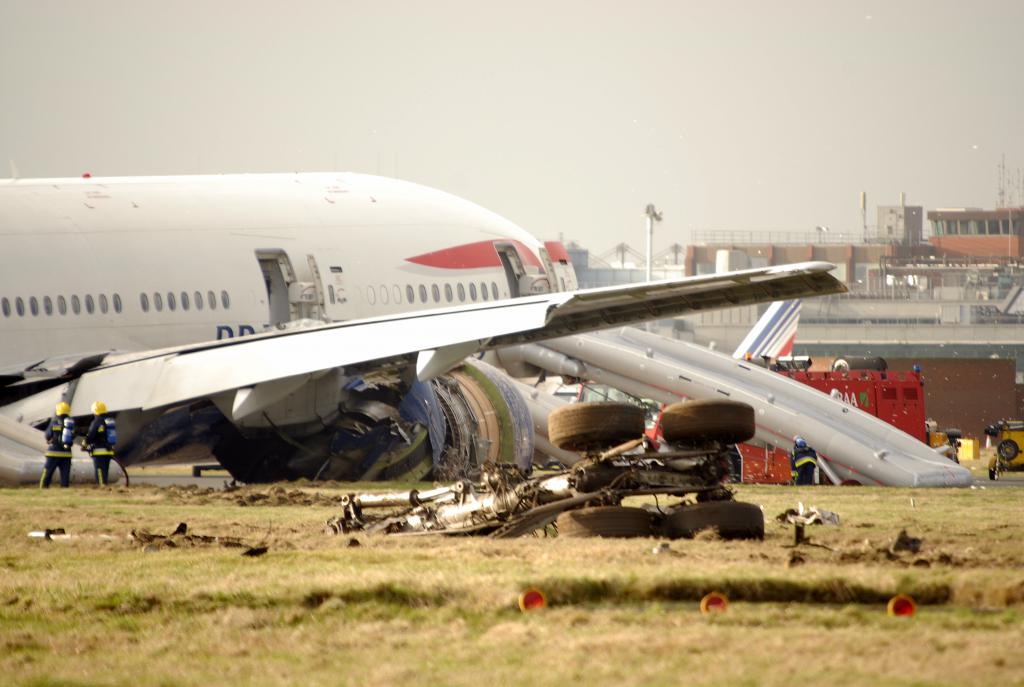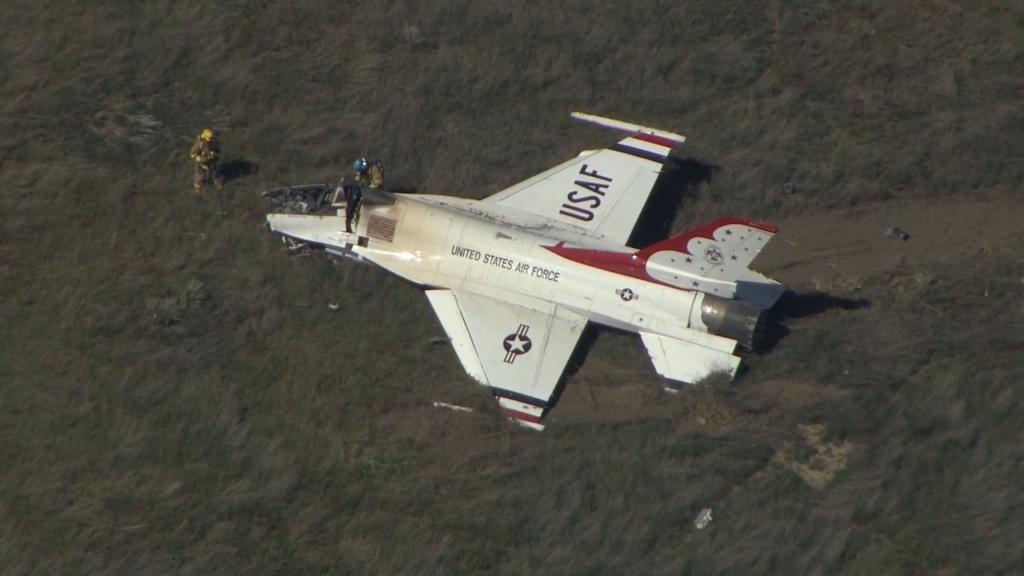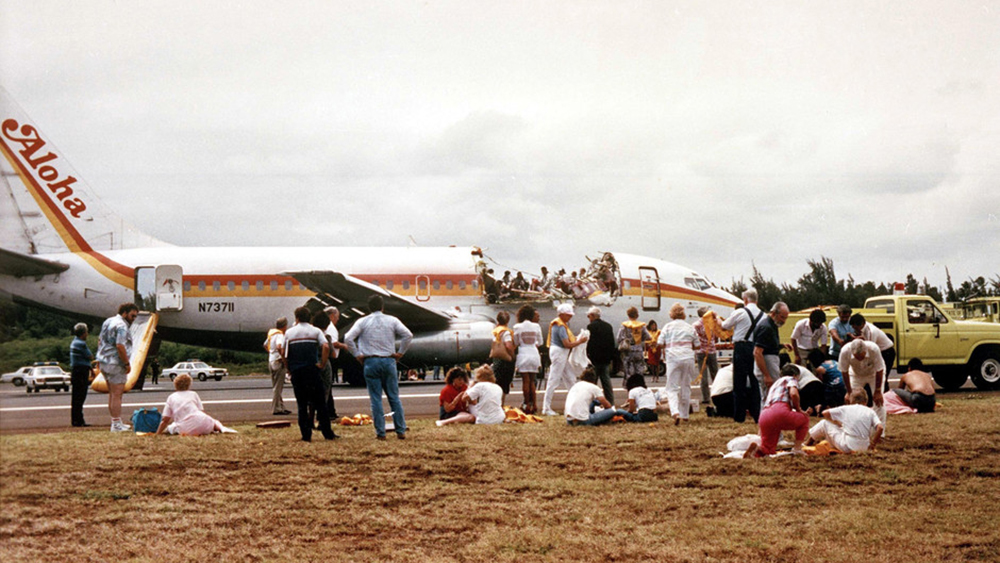Often there is serious confusion in the use of terms such as “aviation incident” and “accident”. In fact, they have completely different explanations and signs that are taken into account during the investigation and reporting.
What is an aviation incident?
Since the aircraft is the safest mode of transport today, flights are determined by categorical safety criteria, which can be influenced by various factors. By the Decree of the Government of the Russian Federation of 06/18/1998 under number 609, the official definition of an aircraft incident was adopted, which indicates the event that occurred during the time when any person first crossed the threshold of an aircraft for the purpose of performing a flight, until the aircraft completely left the aircraft (persons) who made the flight.
What does it mean? Such an event is not the norm for the standard course of flight time, as well as the standard operation of the aircraft, crew, SMS, or the usual environmental impact. It has a direct impact on flight safety. However, it ends without an accident.
Types of Incidents
Given that events can be of a different nature, incidents can also be of two types:
- A serious aviation incident, during which there was a violation of the integrity of the aircraft. In this case, all restoration work on the return of the aircraft of the previous type will be considered financially expedient and physically possible. This should not include those moments when aircraft repair requires the replacement of any units using technologies that are not provided for by the operation and maintenance manual for a particular type of aircraft.
- A serious aviation incident that did not entail circumstances for the occurrence of the incident. Such cases usually have certain criteria.

Criteria for serious incidents
Signs of a serious aviation incident are:
- The case with the roll out of the strip.
- The appearance of smoke, a change in temperature (increase or decrease), the smell of toxic gases or other caustic substances, as well as other effects that harm the crew and passengers.
- The decline in strength due to unexplained circumstances, a significant decrease in the efficiency of the cabin or flight crew.
- Illegal use of force, which leads to bodily harm (applies to persons on board the aircraft).
- Changes for the worse in flight performance of the aircraft, as well as its controllability.
- The appearance of a threat of destruction of the aircraft structure due to the illiquid potential of an explosion, unremediated and ongoing destruction of one of the aircraft engines, as well as the danger of fire.
- Damage to aircraft controls.
- Those damages that do not belong to the categories of an accident.
In cases of dangerous approach of several aircraft in airspace or within the territory of the apron, runway - this is considered as a single event. However, each vessel will have its own classification of consequences. That is, each aircraft ultimately receives an official statement during the verification and investigation.
How is the incident different from the incident?
Often people who are not familiar with aviation terminology confuse concepts such as "accident" and "incident."If everything is clear with the last term, then the accident has a slightly different explanation, which is expressed in the characteristics characterizing it. So what is this? The accident has its own period - the moment when the first person stepped on board the aircraft with the aim of making a flight, until the moment any individual leaves the plane. During this period, the following could happen:
- Causing death to anyone. An exception is cases where such harm is not associated with the operation of the aircraft. Fatal cases after thirty days from the moment of the accident fall under a similar criterion.
- Damage or destruction of the fuselage, due to which not only the strength of the aircraft is violated, but its flight and technical functions. Urgent repairs are needed, as well as the replacement of a damaged element, except for the moments associated with the failure of one of the engines when it is not possible to replace one or more parts and complex technical assistance is needed. Damage to fairings, slats, braking devices, and so on, if such breakdowns did not change the structural appearance and strength of the vessel. Violation of the integrity of the steering wheels, propellers, transmission and more.
- An emergency related to the loss of an aircraft from radar. An accident will be considered if access to the aircraft is limited or impossible, as well as carrying out evacuation work (regardless of what damage the aircraft received).
Aircraft is considered missing when they could not establish its location or the wreckage of the aircraft, and official rescue search operations were stopped. This decision is made by RosAviaKosmos agency.
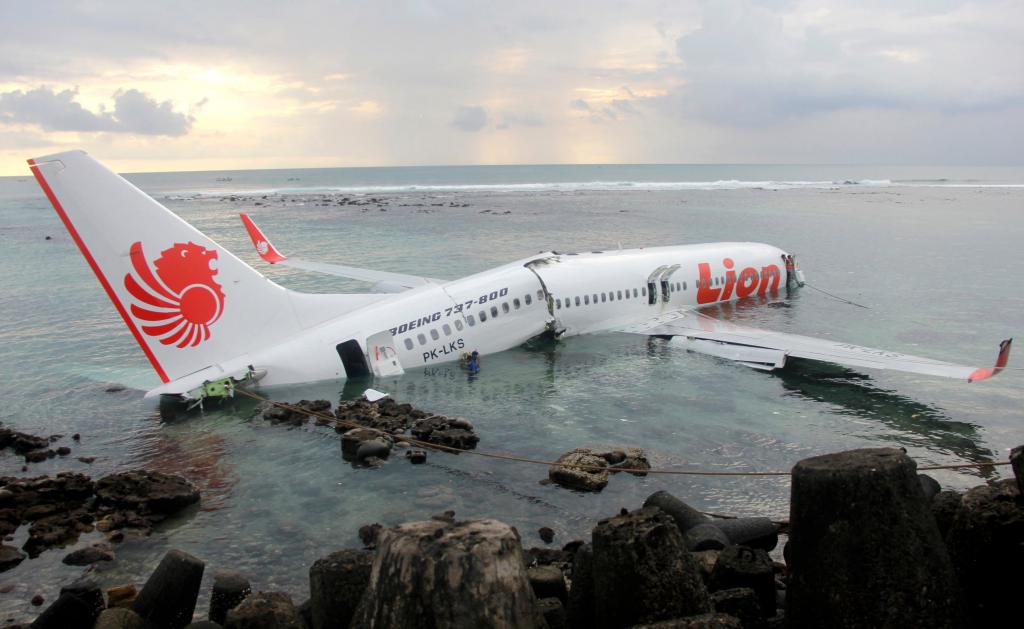
Types of Accidents
Like aviation incidents, incidents have two subspecies:
- Plane crash - a situation on board an aircraft in which there was a loss, missing one or more members of the flight / cabin crew or passengers. The same meaning applies to the situation of emergency escape / evacuation from an airplane that has suffered a disaster.
- Accident - an accident whose result did not show casualties among the crew or passengers, as well as the aircraft was not reported missing.
Causes of Accidents
The root of the crash is still the human factor. All over the world there are certain statistics on the causes of aircraft accidents, and in particular the most frequent errors of the flight crew. The list is presented as a percentage:
- Pilot errors - 50, of which 29 are unprovoked, 16 are caused by weather conditions, 5 are related to equipment failure.
- 22 - accounts for the failure of equipment not related to the actions of the flight crew.
- 12 - weather conditions.
- 9 - acts of terrorism.
- 7 - errors of air traffic controllers, technicians, etc.
The most dangerous phases of flight are the takeoff and landing of the aircraft, as the aircraft crosses the line and enters a low altitude. In this case, time to assess what is happening is not enough.
The most popular flight sites where aircraft accidents, plane crashes and incidents occur, as a percentage:
- The run time is 24.8%.
- The take-off moment is 17.6%.
- The landing moment is 16.3%.
- Being in the waiting area and the moment of landing approach is 11.8%.
- The take-off moment is 11.1%.
- Climbing period - 6.5%.
- Flight at cruising level - 5.2%.
- Decrease and taxiing - 3.3% for each item.
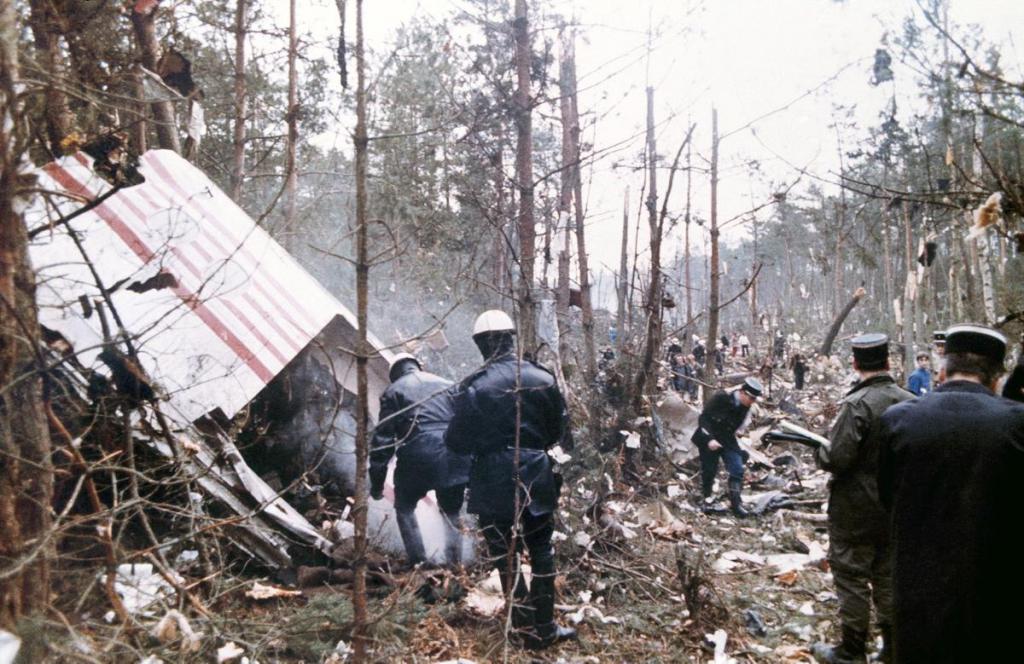
How is the investigation going?
According to the current rules, the investigation of aircraft accidents and incidents is conducted by the Interstate Aviation Committee and the special authorized body in the field of civil aviation, respectively.How does this happen? Since in our modern age most emergency situations occur not only in airspace, but also on the ground, in the near-airfield territory, the interpretations for such incidents and incidents are significantly expanded.
The Commission for the investigation of aircraft accidents and incidents, according to article number 96 of the Air Code of the Russian Federation, has fairly broad powers. This feature is associated with a thorough study of all case materials. Given that Russia is a party to the Chicago Convention, representatives of states and other commissioners have the right to:
- visit the scene as many times as they need;
- inspect the aircraft to the extent that they need to draw up reports and reports;
- to take part while reading information from the recording devices of the aircraft;
- have open access to all material evidence, as well as view all information containing witness testimonies.
The most important factor is the speed of arrival of rescue forces at the scene of the accident. For management, it is important to be responsive in delivering primary information, which allows you to mobilely deploy and form the work of a commission to investigate and study the incident.
Responsibility for initial actions lies with the head of the RSA and the head of the regional administration of the territory that is in their possession. Prior to the arrival of the rescue team, the aircraft commander is responsible. Flight recorders and other devices are allowed to be opened exclusively with the permission of the chairman of the accident investigation commission. The explant, manufacturer, and development organization must retain all aircraft documentation.
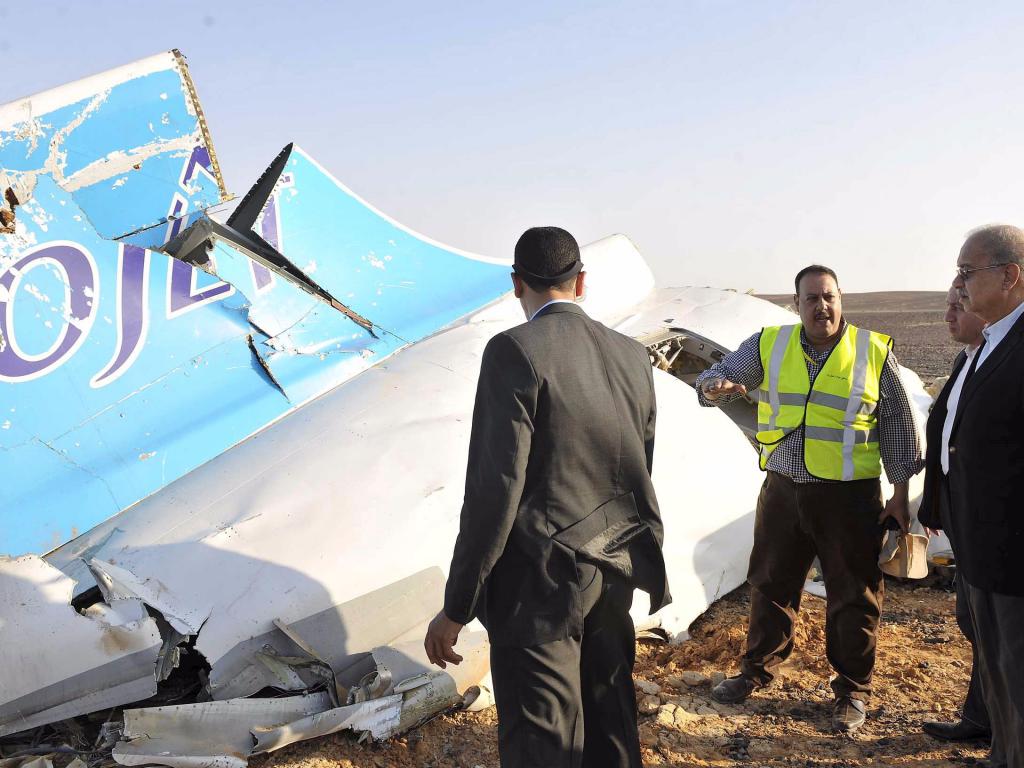
Commission work
The chairman of the commission is responsible for organizing, coordinating and conducting all investigative work. Usually, to facilitate the work, mini-commissions are created under the leadership of the main one. They help in the study of flight, engineering and administrative materials. No such commissions are created for incidents. If along the way it becomes clear that a criminal case is necessary, then investigators begin to work. In such cases, the seizure of recorders and other materials is carried out with the permission of law enforcement agencies.
Until the investigation is completed and the main verdict is issued, any dissemination of information is strictly prohibited. The commission holds meetings, which are formalized in special protocols signed by the chief of staff and chairman. Accident and incident investigation reports reflect all work done over a specified period of time.
The final report shall indicate all the information available to the commission on research and examinations. Investigations of aviation incidents occur in the same manner and according to the same rules. When making a verdict, all votes of the participants of such a commission are taken into account. When expressing disagreement, you must provide your opinion in writing, according to which a discussion protocol is created. But there are cases when a dissenting opinion is marked with a “special” mark.
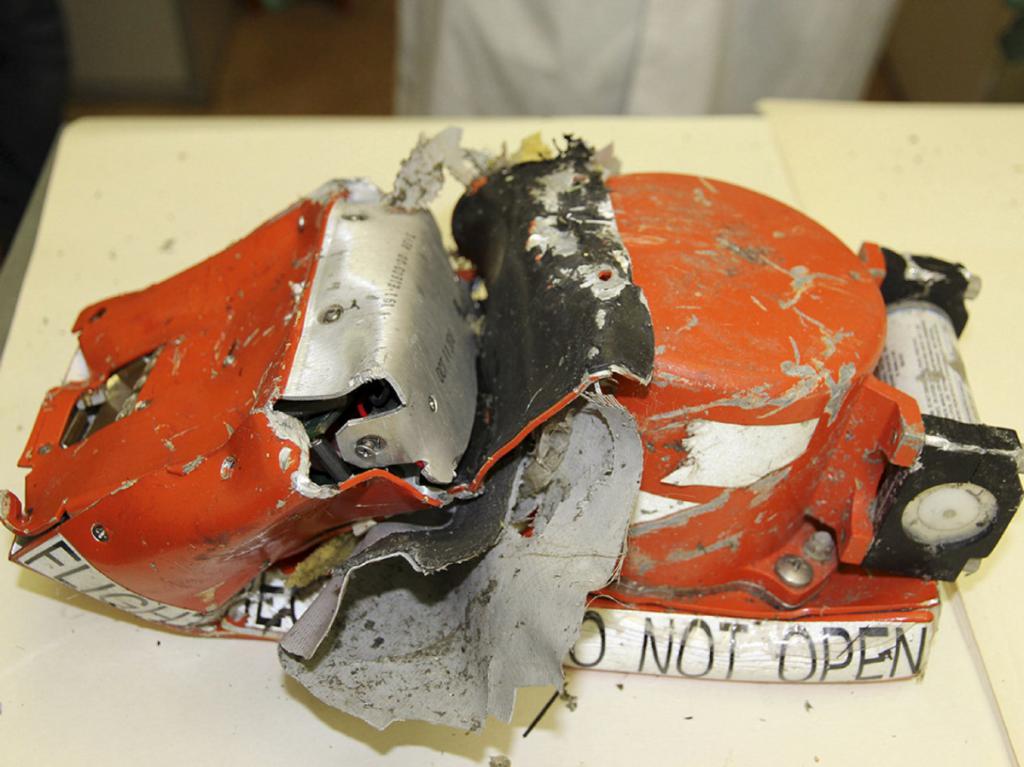
Aviation Incident Examples
Every day, small air incidents occur due to the negligent attitude of personnel and the deterioration of equipment around the world. Some of them are simply a consequence of a combination of circumstances. Not all aviation incidents in Russia are covered by the media. However, among the internal documentation of airlines and airlines, the end of the year is always notable for a fresh list of all incidents, incidents and disasters that occurred during this calendar year.
For example, in 2015, in Samara, due to a failure of the on-board computer, the Ural Airlines plane made an emergency landing while traveling from the city of Yekaterinburg to Gelendzhik. The salon was not complete: about a hundred people.Thanks to the team work of the flight crew and the actions of the PIC, the aircraft successfully landed in Samara, and the passengers were provided with a backup board. In the same 2015, a Mi-8 helicopter of the Komiaviatrans company was forced to land near Vorkuta due to damage to the blades and windshield of the pilot's cabin.
Consider international cases. On the investigation of the aviation incident that occurred at the airport of Antalya (Turkey) in October 2017, it was found out that due to the negligent attitude of the personnel of the Antalya airport during the attempt to take off the aircraft of the Ukrainian company Windrose, there was a leak of aviation kerosene (fuel). As a result, after an interrupted take-off, the aircraft was driven to a distant parking lot to eliminate the consequences and determine the causes of the incident.
October 2017 was remembered for the failed test created in Voronezh An-148. Pilots had to make an emergency landing due to the failure of one of the engines. An incident is being tested at the Voronezh Aircraft Plant.
Another test ended in failure, only this time in Brazil with the participation of the new KS-390 transport aircraft. Based on the results of the analysis, it was possible to find out that due to the displacement of a heavy, not moored unit from the central part of the vessel to the tail, there was a rotation around its axis and a subsequent corkscrew, which we managed to get out of at a critically low altitude of three hundred meters. Subsequent studies of the fuselage design revealed damage due to exceeding the permissible overload limit.
And a fresh incident that occurred on January 1, 2018 at the Turkish airline Turkish Airlines. In Istanbul, one of the spotters managed to photograph how the Airbus-321 collided with a bunch of colorful balloons. Fortunately, this was only a beautiful picture, but do not forget that such products are filled with gases capable of rapid ignition, and if such a substance enters the aircraft engines, irreparable consequences can occur.
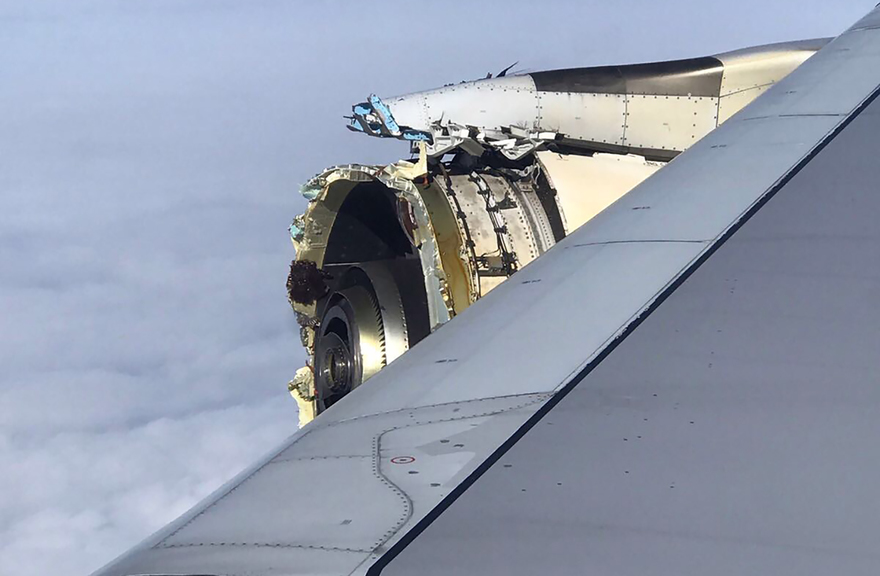
The most terrible and famous plane crashes
In the history of passenger air travel, you can count more than one hundred disasters. It is terrible to imagine what people thought about in the very last seconds of their lives. Thanks to modern technology, you can get acquainted with almost every major disaster through the media or through BBC documentaries about the investigation of air crashes.
An example of one of the largest incidents was the crash of the Boeing 747, owned by Japanese Airlines. It happened in 1985. The plane followed the Tokyo-Osaka route, and after 12 minutes of flight time, a signal was heard in the cockpit about the technical problems of the vessel. It turned out that the keel had come off the apparatus, and for half an hour the commander and the co-pilot tried to stabilize the position of the aircraft. However, a miracle did not happen. Boeing 747 collided with a ridge. Onboard there were 520 people, but, according to known information, 4 of them managed to somehow survive.
An example of a serious collision in mid-air was a plane crash over the Indian peninsula. 60 km from the capital, Delhi, the wreckage of the Boeing 741 and the Russian Il-76, which flew under the flag of Kazakhstan, fell. The reason was the unauthorized reduction of the Il-76 aircraft from 15 to 14 feet, as a result of which he broke through the stabilizer and the left wing of the Boeing. The latter instantly collapsed and fell, and after it the “Il”, which had lost control, collapsed. Killed 349 people.
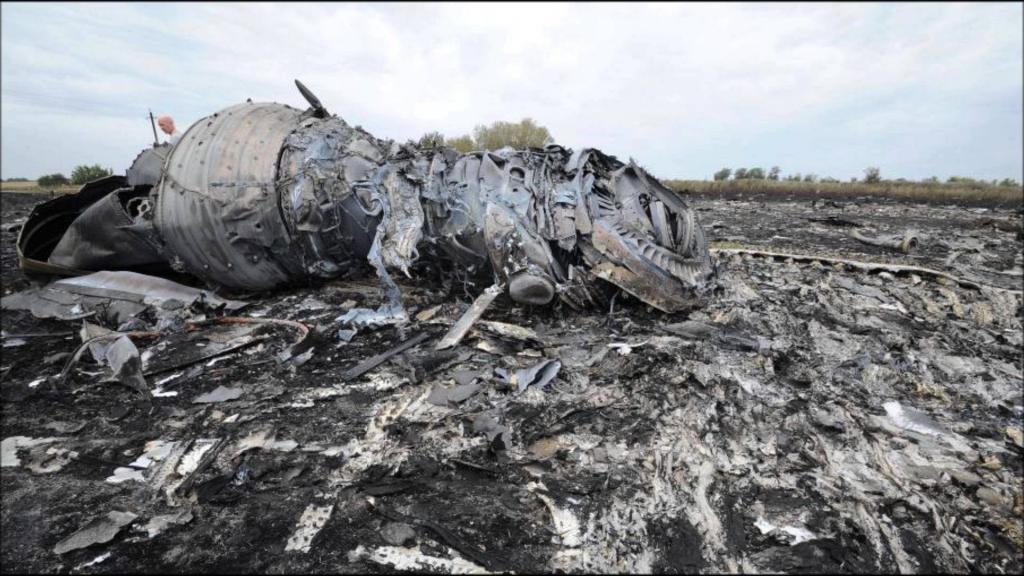
The disaster of 1974 is ranked as the largest accident in France. Then, following the route Istanbul - Paris - London, the Turkish Turkish Airlines plane crashed immediately after take-off due to the decompression of the entire cabin. For clarified reasons, a sharp decline in cabin height occurred in connection with a poorly fixed cargo hatch door, which opened when the load was reached and when there was no inflation of the internal space,damaging the aircraft control system. It took 72 seconds for the plane to crash along with 346 passengers in Ermenonville. No survivors were found.
The Saudi Airlines L-1011 crashed while already on the ground. A fire broke out while traveling from Riyadh to Jeddah on board in the cargo hold. The crew successfully deployed the board and landed at the departure point. However, for some reason, it did not turn off the engines and continued to move along the runway. In the end, he stopped at a very distant distance from the fire brigades, which did not dare to drive closer. It took a whole 23 minutes for the fire to capture the entire perimeter of the aircraft, and as a result, all 301 people burned alive or died from suffocation.
Another terrible disaster occurred in the summer of 1988. Wide-body A-300 was shot down over the territory of Iran, following the route Tehran - Dubai. The military cruiser of the Americans standing in the bay simply made a mistake by identifying the board incorrectly. An air-to-air missile claimed the lives of 290 people, and the US government has not apologized for its tragic oversight. However, the Americans paid families compensation of $ 62 million, without admitting their guilt. Paradox.
Since they touched America, in the history of the United States the biggest disaster was the incident that occurred in 1979. Due to poor maintenance of the liner after take-off, one of the engines failed, which, as a result, completely broke away from the wing pylon. The flight from Chicago to Los Angeles ended in a fall near the runway and the death of 273 people.
One of the most mysterious disasters is the crash of the Malaysian Boeing 777 near Donetsk, which made the flight Amsterdam - Kuala Lumpur. The results of the investigation are only awaiting publication, but, according to known information, the plane was shot down. Killed more than 300 people.
One of the largest disasters related to terrorist acts was the crash of the A-321 over the Sinai Peninsula, where Russian tourists who returned from rest along the Sharm el-Sheikh-St Petersburg route were killed in large numbers. After takeoff, after 23 minutes, the plane disappeared from the radar of the dispatchers, and later the wreckage was found near the city of Nehel. Parts of the aircraft were scattered from each other at a decent distance. According to clarified data, a bomb was placed in the luggage in the form of a can from a carbonated drink, which exploded after climbing. The catastrophe claimed 224 lives, for the death of which the banned group of the Islamic state of Iraq and the Levant took responsibility.

The collision of two sides at the 1977 Tenerife airport is considered the most ridiculous and largest disaster. Why ridiculous? All due to the fact that both sides of the Boeing 747 should not have been in Tenerife at that time. However, the dispatchers redirected them in connection with the terrorist attack in Grand Canaria. Two Boeing - the Dutch and American airlines - were moving along the same taxiing, facing each other. Collisions could not be avoided, since the oversight of the dispatchers was noticed very late. 583 people died, 60 survived.
